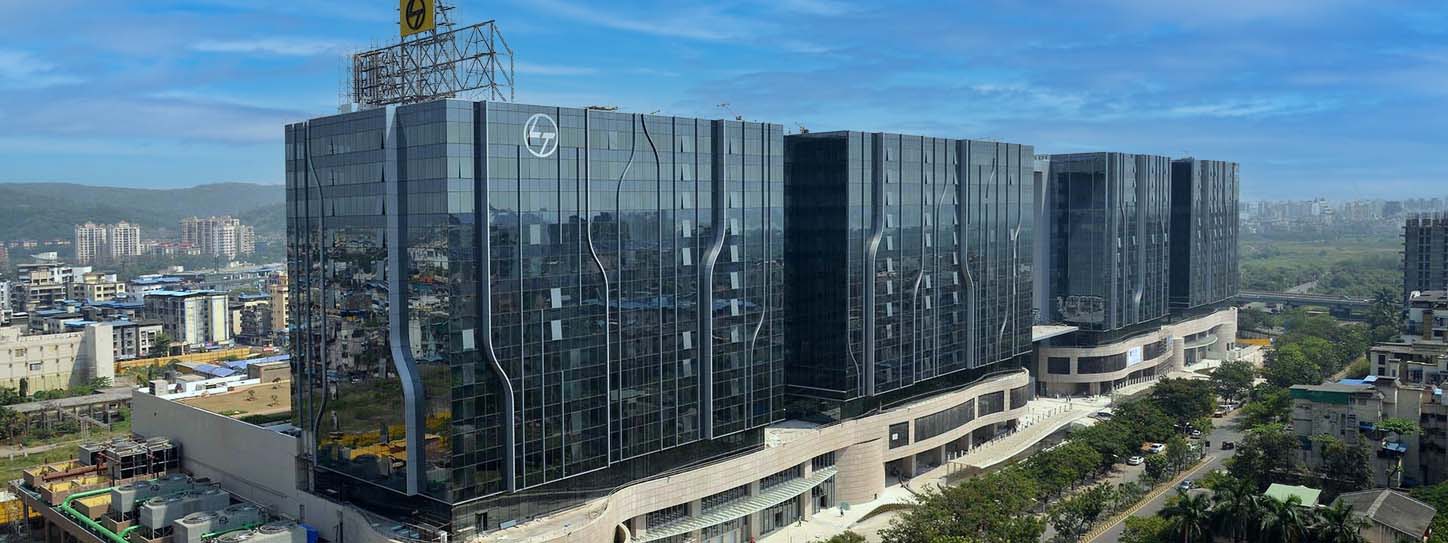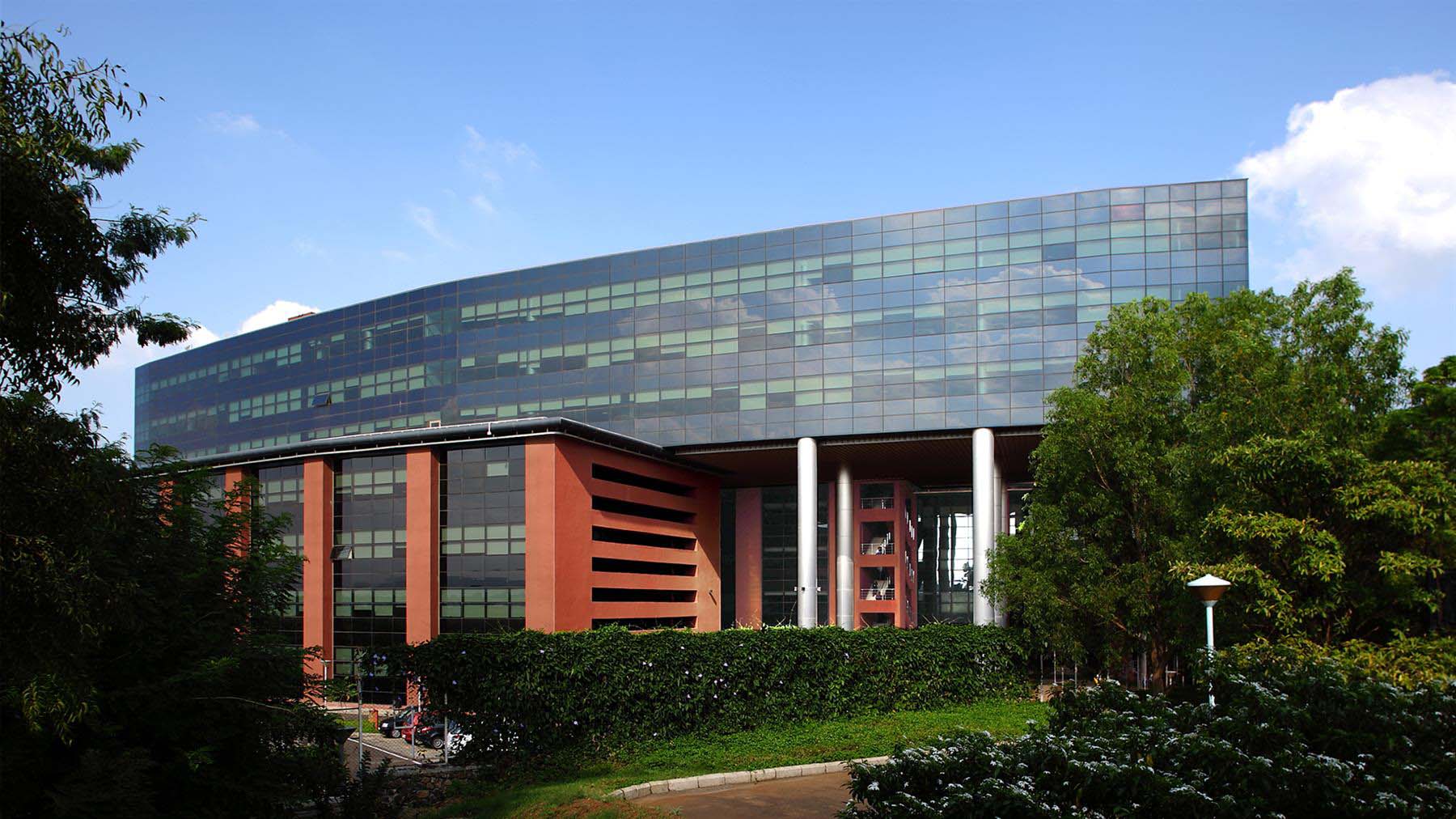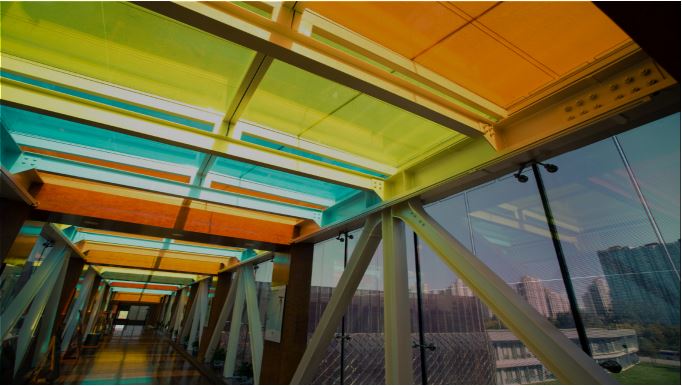Fire-Rated Glass vs. Traditional Glass: Key Differences and Applications
When it comes to glass selection for construction and architectural projects, fire safety is one of the most critical considerations. Fire-rated glass and traditional glass serve vastly different purposes, with the former designed specifically to withstand fire hazards. Understanding the key differences between fire-rated and traditional glass is essential for making informed decisions in projects that require fire safety compliance.
What is Fire-Rated Glass?
Fire-rated glass is a specially engineered type of glass designed to resist fire and prevent its spread for a specified period. It is tested to meet strict fire safety standards and is used in applications where protecting lives and property during a fire is a priority.
Key Features of Fire-Rated Glass:
- Fire Resistance: Can withstand high temperatures for 30 to 120 minutes, depending on its rating.
- Smoke Control: Prevents the passage of smoke, aiding in safer evacuations.
- Thermal Protection: Reduces heat transfer, preventing ignition of materials on the non-fire side.
- Durability: Made using toughened or laminated layers for added strength.
What is Traditional Glass?
Traditional glass, such as annealed or float glass, is the most common type of glass used in construction. It is designed for general applications where fire resistance is not a primary requirement.
Key Features of Traditional Glass:
- Aesthetic Appeal: Provides visual clarity and enhances architectural designs.
- Fragility: Breaks easily when exposed to thermal stress or impact.
- No Fire Resistance: Shatters under high heat, offering no protection against fire.
Comparison: Fire-Rated Glass vs. Traditional Glass
Feature | Fire-Rated Glass | Traditional Glass |
Fire Resistance | Resists fire for 30–120 minutes, depending on the rating. | Offers no fire resistance; shatters under high heat. |
Thermal Stability | Withstands extreme temperatures without breaking. | Breaks under thermal stress, creating dangerous shards. |
Smoke Protection | Blocks smoke, aiding in fire containment. | Does not prevent smoke from spreading. |
Durability | Toughened or laminated for strength and impact resistance. | Fragile and prone to breakage under stress. |
Heat Transfer | Minimizes heat transfer to the non-fire side. | Allows heat to pass through easily. |
Applications | Fire doors, partitions, facades, stairwells, and windows in high-risk areas. | Windows, doors, and general architectural use. |
Safety | Provides life-saving protection during a fire. | Poses safety risks due to shattering and no fire resistance. |
Cost | Higher cost due to advanced technology and certifications. | More affordable for non-fire safety applications. |
Applications of Fire-Rated Glass
- Fire Doors and Partitions: Ensures safe evacuation and containment of fire.
- Stairwells: Provides clear visibility for safe egress.
- Building Facades: Combines safety with aesthetic appeal.
- Elevators and Lobbies: Maintains fire resistance while enhancing design.
- Industrial Settings: Protects equipment and workers in hazardous environments.
Applications of Traditional Glass
- Windows and Skylights: Offers visibility and natural light.
- Decorative Features: Adds design elements to residential and commercial spaces.
- Interior Partitions: Used in low-risk areas where fire resistance isn’t required.
- Doors and Balconies: Provides basic functionality in non-hazardous environments.
Which Should You Choose?
The choice between fire-rated glass and traditional glass depends on the specific requirements of your project:
- Choose Fire-Rated Glass if:
- Fire safety compliance is a priority.
- The project involves high-risk zones such as stairwells, lobbies, or industrial facilities.
- You need both fire resistance and optical clarity.
- Choose Traditional Glass if:
- The focus is on aesthetics and general functionality.
- Fire safety is not a critical factor.
- Cost-efficiency is a key consideration.
Fire-rated glass and traditional glass serve distinct purposes in the world of architecture and construction. While traditional glass is a versatile and cost-effective option for general use, fire-rated glass is essential for ensuring safety and compliance in fire-prone environments.
At FG, we specialize in providing cutting-edge fire-rated glass solutions that combine safety, durability, and style. Whether you need glass for fire doors, partitions, or facades, FG’s products meet the highest safety standards and elevate the design of any space. Contact us today to learn how our fire-rated glass can protect your next project!

You might also like
Feb 21, 2022 by TARIQ KACHWALA
Feb 21, 2022 by TARIQ KACHWALA
Feb 23, 2022 by TARIQ KACHWALA









